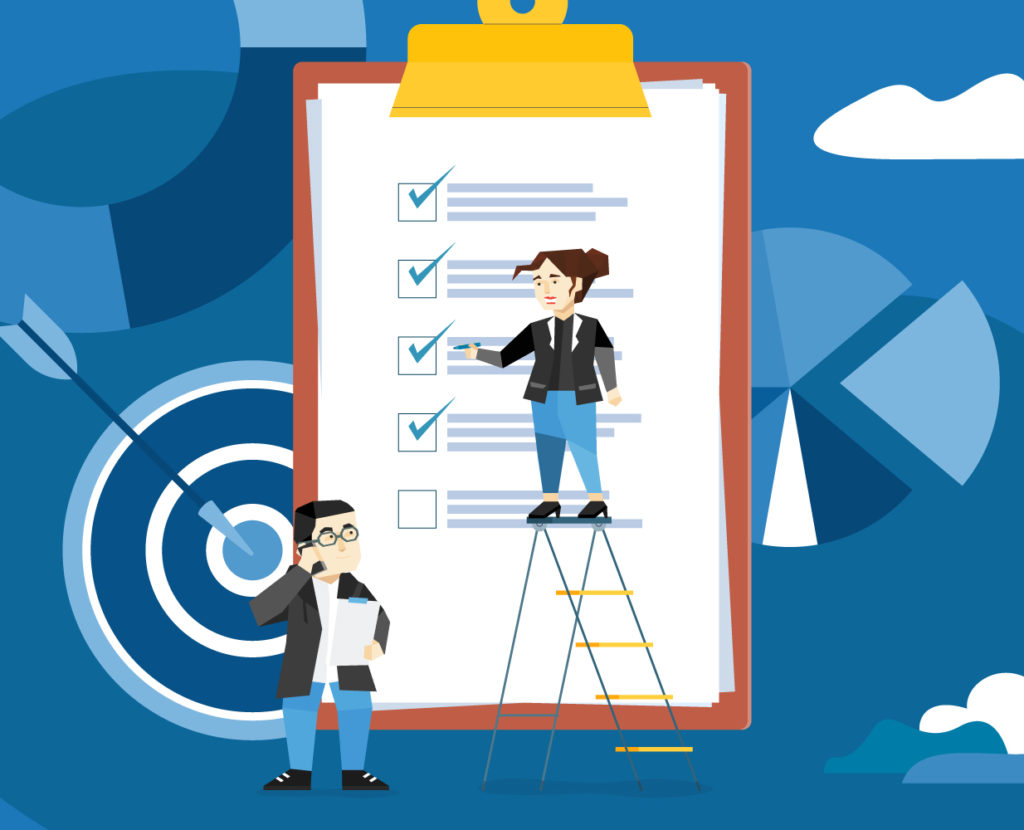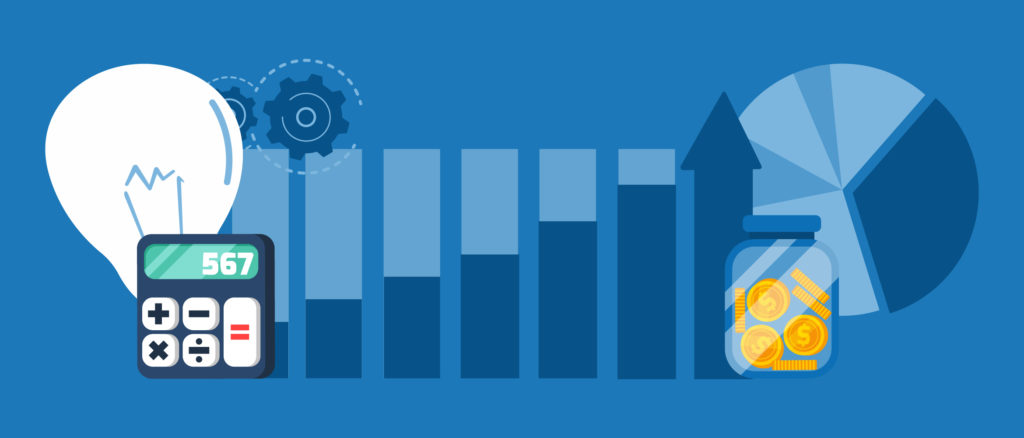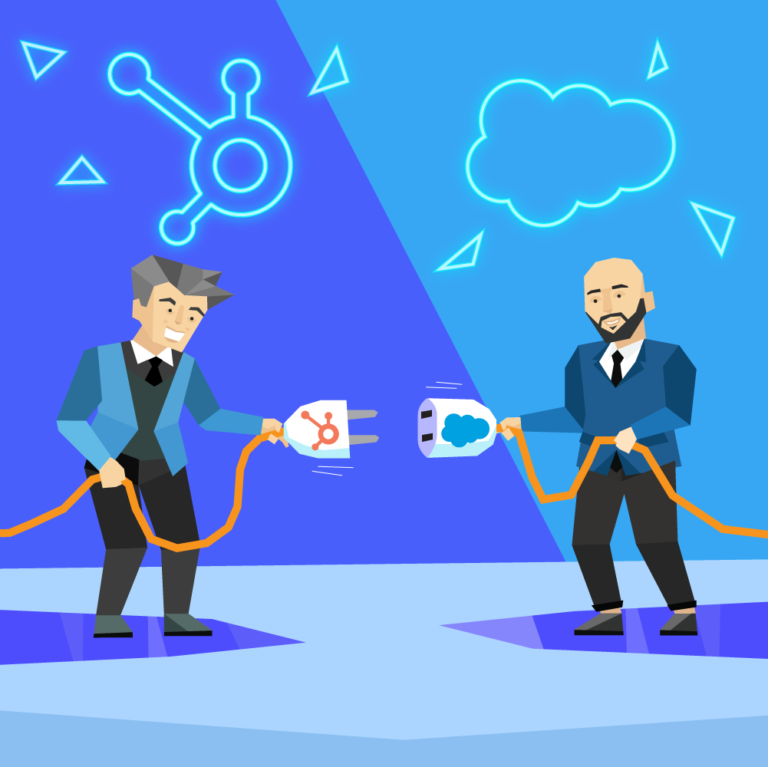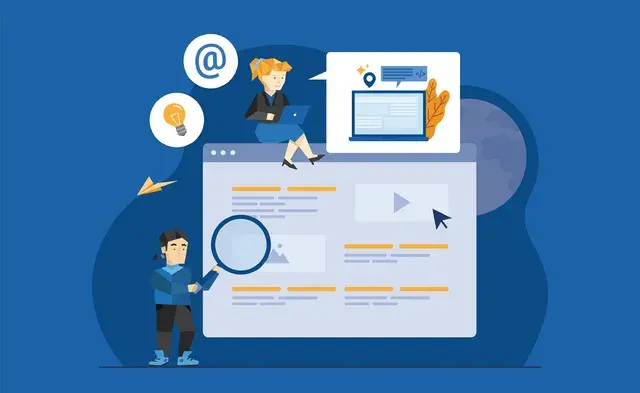Measuring Your Chatbot Efforts with Analytics Tools
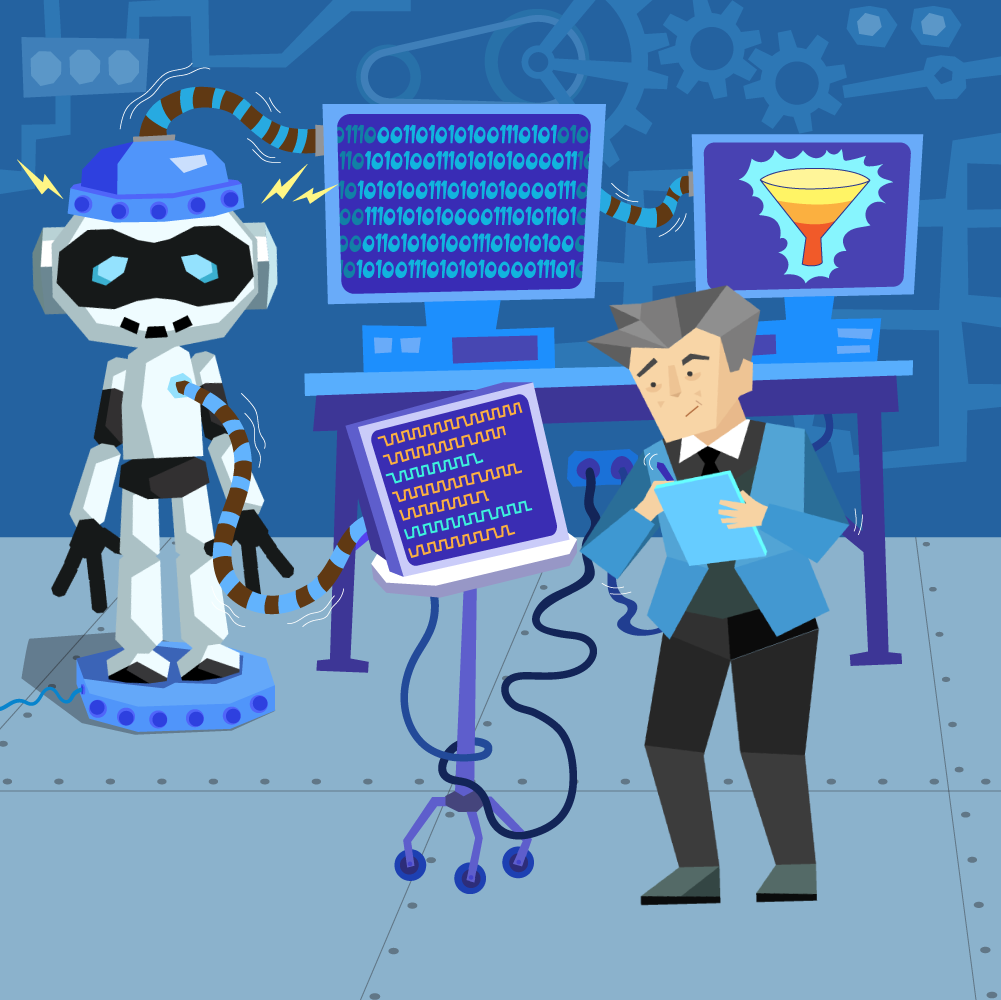
Chatbots are a new AI/ML (Artificial Intelligence and Machine Learning)-based software robotics technology that allows companies to revolutionize and alter the way their customers interact with their brand while enhancing how companies operate internally.
The power and functionalities of AI-based smart chatbots can be leveraged in myriad ways, allowing SMEs and large enterprises to craft and implement more efficient strategies for engaging customers, automating administrative tasks and operations, and optimizing both internally-facing and externally-facing workflows.
As both data science and strategic planning become crucial to the success of companies worldwide, chatbots can bridge these two distinct aspects of enterprise operations by integrating with existing enterprise IT systems.
Moreover, they also provide valuable data on how customers, prospects, and leads are interacting with business assets, including websites, social media pages, and applications.
For chatbots to be leveraged correctly and effectively, they must not only provide a novel venue for enhanced customer interactions and streamlined internal workflows but also be linked with data storage systems and data analytics suites that allow company executives to manage and analyze large amounts of business data.
In the age of Big Data, key business insights can be gained from externally-facing chatbots that are linked to robust analytics systems and dashboards. These arrays can be customized (based on specific parameters and thresholds) to notify business officers via smart alerts, and can even act as two-way conversational bots to personally assist personnel with data analysis.
Such bots can record and analyze/measure Key Performance Indicators (KPIs) and critical business metrics, thus giving officers a real-time, inside view on how prospects/customers are interacting with business assets, all of which can greatly help marketing officers craft new marketing strategic plans and tactics to aid in customer acquisition and retention.
Due to the novel nature of chatbot operations within business assets, there is a critical distinction between chatbot analytics tools (and metrics) and website analytics metrics or website KPIs.
In this age of the Internet, messenger apps, and social media, web-based and messenger-based chatbots can be tightly integrated with online business assets, backend analytics systems, and marketing best practices, including the combination of robust inbound marketing website methodologies and chatbot analytics tools, to enhance the entirety of a company’s marketing/sales funnel, which typically includes:
- Top of the Funnel (ToFu): ToFu workflows focus on enlightening customers on the critical issues or problems they are facing. This phase is important to draw customers to a brand’s products/services by first giving key information that can help the lead along the buyer’s journey.
ToFu inbound marketing strategies should always have critical buyer personas in mind based on past analyses of customer data.
Chatbots can be integrated within online business assets to aid in engaging with customers at this level by explaining (via smart conversations) key points surrounding a lead’s issues.
- Middle of the Funnel (MoFu): MoFu workflows focus on revealing why the products/services of a company meet the needs of a lead in a way that convinces the lead/prospect to become a customer.
Chatbots can be integrated with other marketing/sales systems at this level to further engage customers on specific details associated with critical company products/services that meet the lead’s needs.
What’s more, chatbots can be used to intelligently understand further about the lead’s needs and issues, and to tailor a unique and personalized buyer’s journey/experience.
- Bottom of the Funnel (BoFU): BoFu workflows focus on the sales process, in which a qualified lead is transformed into an educated customer. Chatbots can be used at this phase to streamline the sales process and further answer any questions that the lead/customer may have, including aiding customers with troubleshooting issues.
After chatbots are integrated with business assets to engage with customers/prospects, they can be used to reflect back (in real time) which strategies/tactics are working, which strategies/tactics are not meeting the target thresholds, and which strategies need to be optimized or replaced entirely to ensure both customer acquisition and customer retention in the future.
Chatbots can be tightly integrated with enterprise systems, such as Customer Relationship Management (CRM) suites, allowing a bot to further understand more about customer/buyer patterns and buyer personas, and to learn via “Deep Learning” more advanced behaviors that allow it to operate more effectively and efficiently in the future.
Are Chatbots Helping Your Customers?
Ultimately, chatbots should engage with customers to enhance their experience. The only real way to fully test whether chatbots are helping with this key process is by leveraging robust analytics tools that measure the performance of the chatbot in question. There are a number of ways that bots can aid customers via online business assets, including answering questions, streamlining the sales process, and helping customers to know more about pertinent products/services. Robust chatbot analytics tools can not only measure the engagement of bots with human customers, they can also help officers to know how well chatbots are operating, and whether chatbot strategies are working optimally.
How to Measure Bot Effectiveness
The main way to measure a bot’s effectiveness is by employing chatbot analytics tools which measure key metrics and chatbot KPIs and help ensure that chatbots are creating a positive ROI and are performing as expected. There are a number of metrics to look out for, which are associated with message metrics (how well the human-to-bot conversations are performing) and bot metrics (how well the bot itself is performing).
What Requests Are Made?
One of the most critical metrics to analyze is the number and type of requests being made to the bot by prospects, leads, and customers. Essentially, how customers are engaging with the bot is a key metric to strategically alter future conversations accordingly. How the bot responds will determine which requests are most difficult for the chatbot to address as per the pertinent response desired by the end-user.
How Frequently?
Along with analyzing the requests being made, the frequency of the specific request(s) is important to understand the needs of prospects/leads and to determine how the bot should be tailored for future conversations.
What Question Are Difficult For the Bot?
Understanding which questions/conversations are difficult for the bot is an important key for tailoring the bot to optimally operate in the future. Crafting more optimal unstructured conversations – which are the most difficult type of conversations for bots – using the data produced from the bot analytics, is crucial to ensuring that the bot operates effectively in the future.
Gaining Data From AI-Driven Responses
While the human-to-bot conversational data/metrics are important, how the AI-bot drives the conversation via responses or actions is also key to understanding more about how the bot is performing with respect to customer/prospect inquiries and responses. Such data can help to optimize the AI’s conversations in the future.
Reading the Minds of Your Customers
Knowing how customers are engaging with the chatbots implemented within business assets helps to understand what is going on in the minds of prospects/customers. Just as web analytics gives an inner view of how customers are interacting with a company’s online brand/website, so chatbot analytics can give officers a glimpse into the needs, patterns, habits and thoughts of customers who are engaging with their company’s AI-chatbot.
Heat Mapping and Targeted Bot Interactions
Heat maps are visual, color-based representations of data values associated with a higher-level data summary used for analytics. Chatbot analytics heat maps can provide marketing/data officers with an overview of how bots are being engaged in a very specific manner, such as indicating that a bot is consistently receiving questions about a product or is primarily used by customers for sales assistance.
A heat map allows marketing officers to understand more about the targeted bot interactions within a given timeframe, and, reveals (via a visual summary) how customers are engaging with a company’s AI-chatbot.
Knowing Your Visitors Intent by Assessing Source Data
There are a number of data-storage and data-analytics tools which produce critical business intelligence (BI) and enterprise actionable insights that can help business officers to assess whether IT systems are meeting their expectations.
When business data is stored in data warehouses, RDBMSs or cloud systems, that raw source data can be fed into analytics engines that convert such unstructured data into analyzed business intelligence reports. Chatbots are no different; source data associated with chatbot performance and operations (within business assets), can be fed into robust analytics engines which produce actionable insight reports.
These enlightening reports chart the interaction between business assets and the chatbot, allowing officers to determine the efficacy of their strategies. Additionally, robust analytics dashboards can be utilized to obtain data on the efficacy of chatbot performance in real-time, allowing marketing officers to alter strategies and tactics as needed.
All of the data associated with the assessment of source data can allow executives to fully understand the buying patterns of customers, the needs of prospects, and the intent of visitors during their interaction with business assets.
Google Chatbase as a Leader in Bot Analytics
There are a number of leaders within the realm of chatbot analytics, including Microsoft and Google. Microsoft Bot Framework (and MS bots) can be integrated with the Azure-based Application Insights system.
Google, on the other hand, is a leader within the chatbots analytics ecosystem with its Bot Analytics (Chatbase) system. Chatbase, specifically, is a unique analytics engine in that it was one of the first robust analytics engines to allow businesses to measure the performance of chatbots dynamically.
Measuring Response Dynamics
While website analytics systems typically offer a static review of metrics/KPIs, chatbot conversations are more dynamic and thus require a dynamic analytics system.
Google Chatbase is such an analytics system, in that it analyzes key metrics against a backdrop of dynamic chatbot interactions, engagements, and conversations, all while aligning such KPIs against business objectives.
Types of Reports
Similar to Google Analytics, Google Chatbase comes with an impressive dashboard, including the ability to compare metrics across different platforms, and an array of three analytics report panels: session reports, messages reports, and transcript reports.
The Sessions Report
The sessions report compiles the engagement activity of users within specific timeframes. This report type displays four metrics – daily sessions, daily sessions per user, sessions per user, and user messages per session.
The Messages Report
The messages report covers conversational efficacy, and is related to the overarching message metrics. As a report, it allows marketing officers to identify areas where the conversational bot can be optimized to ensure greater response efficiency. It identifies bot response times and an analysis of how the bot responds to user queries (i.e. actions versus no actions, in response to user queries).
The Transcripts Report
The transcripts report’s main purpose is to specifically highlight repeated requests within the history of the pertinent conversation(s) and to analyze key words and issues with how the bot responds.
Accordingly, such data can help to pinpoint issues with how the bot responds to certain keywords, and can help developers to optimize the bot in the future based on such metrics. (“Google Chatbase Ushers in the Rise of Chatbot Analytics”)[1].
Chatbase Cross Function with Other Platforms: Facebook, Slack, Skype
One of the most important features of Google Chatbase is that, with the REST API, it can be used with virtually any popular messaging platform, including Facebook Messenger, Kik, Slack, Skype, and Allo, , making it a cross-platform analytics engine that can work with bots deployed on a number of different platforms and business applications.
Google Isn’t The Only One In The Bot Analytics Game
While Google is one of the leaders in the chatbot analytics industry, there are a number of other powerful and robust bot analytics engines and systems that can be leveraged by every type of enterprise to analyze the performance of their business chatbots.
Bot Metrics
BotMetrics is a robust chatbot analytics system that is unique in that it operates as a personal data analytics (bot) assistant. That is, it allows users to message their bot, which then helps to analyze and report key metrics associated with a company’s bot engagements and interactions.
Facebook Analytics
While Facebook Analytics – the analytics dashboard for messaging apps – isn’t as well known for its chatbot analytics engine, Facebook analytics does allow users to analyze and measure key metrics associated with customer engagements with business chatbots that are deployed on Facebook Messenger, of which there are thousands.
Botanalytics
Botanalytics is a multi-platform, powerful chatbot analytics engine that uses a robust, visual dashboard interface for the analysis of key chatbot performance metrics/KPIs.
Botlytics
While some of the other examples are proprietary, single-platform bot analytics engines and systems, Botlytics is a REST API that allows users to implement a bot analytics system into virtually any platform, and with any chatbot being used. Its main purpose is to track and analyze the conversations between the customer/prospect and the chatbot.
BCRM
BCRM (also known as bCRM or bot customer relationship management) is a unique system that allows for the automation of marketing workflows for bot owners. That is, it is a multi-app supporting system that allows businesses to run marketing campaigns through the use of a robust chatbot, and tracking which users have installed the chatbot. Thus, it is essentially a CRM for business chatbots which can greatly revolutionize how businesses operate to reach new users and engage with their customers.
Don’t Worry, Bots Won’t Take Over the World… Yet
While this is the age of robotics, software and hardware robots have a long way to go before they become completely autonomous and fully capable of human-like intelligence. The deployment and implementation of chatbots are currently in their infancy, with many obstacles that must still be overcome before they can be comparable to living organisms such as humans.
Additionally, there will always be a human element present to master the activity of bots, such as when a group of Chatbots went awry by developing a novel language (that humans could not understand), which was shut down by the human admins of Facebook.
Chatbots Have a Long Way
While conversational UI systems and personal voice-assistant bots become more ubiquitous, the typical chatbot must be optimized with more advanced ML/DL (Machine Learning/Deep Learning) algorithms allowing bots to learn by experience, grow in knowledge, and operate in a way that is beyond their initial programming, all of which will take decades to master.
Chatbots are a novel technology and, as such, must be continually researched before they can be fully leveraged by businesses and end-users. For instance, optimizing unstructured conversations alone – along with mastering the implementation of NLP and Conversational UIs – will take years to completely master. However, the field of chatbot technology is off to a great start.
It’s the Marketers’ Job to Take Action
Any technology is only as good as the admins and officers who implement it. While chatbots can be powerful technology that can greatly revolutionize a company’s marketing workflows, chatbots alone cannot fulfill the entire marketing process – marketing/sales officers and personnel must complete deals, take the pertinent actions, understand reports/data, craft strategies, and ensure that prospects/leads are converted into customers.
Chatbots only assist with the marketing/sales funnel, and cannot completely replace marketing personnel.
AI Will Always Lack a Truly Human Element
Regardless of how advanced AI becomes, robotic systems will always lack a true human element. This is because robots are not – and never will be – human. As machines developed by humans, it is the responsibility of the human personnel to take the appropriate actions and to work in the most effective manner possible – alongside bots – to ensure the success of their enterprise.



